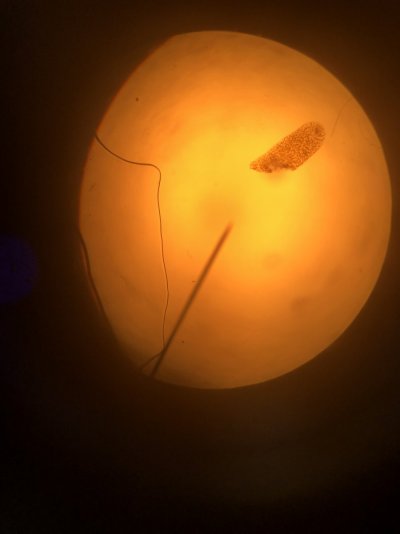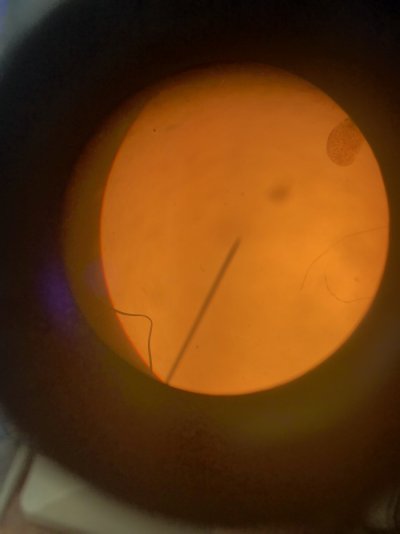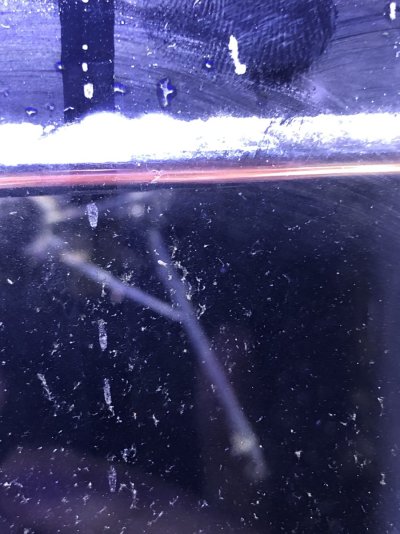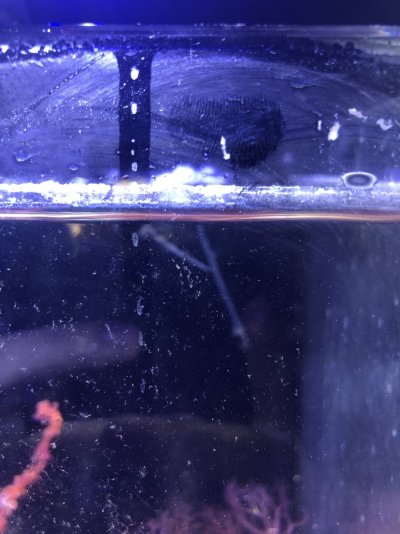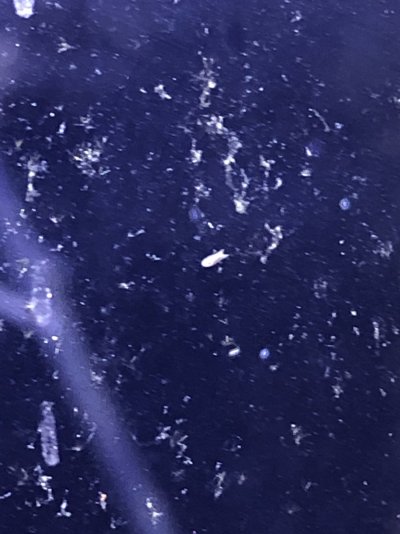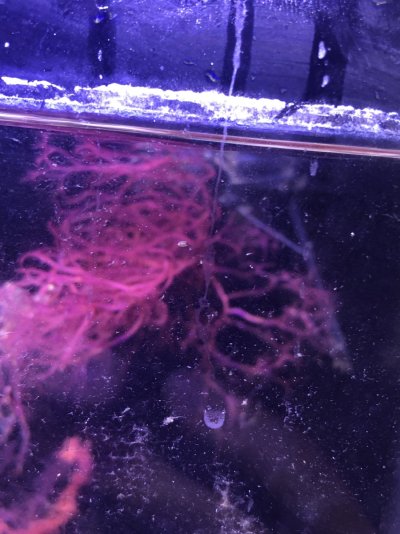Navigation
Install the app
How to install the app on iOS
Follow along with the video below to see how to install our site as a web app on your home screen.
Note: This feature may not be available in some browsers.
More options
You are using an out of date browser. It may not display this or other websites correctly.
You should upgrade or use an alternative browser.
You should upgrade or use an alternative browser.
Need ID looks like flatworm?
- Thread starter nathan212178
- Start date
- Tagged users None
yes i believe it is eefw or aefw cannot be sure from pic, did it come off in a dip ?
what is coral stocking list in tank ?
what is coral stocking list in tank ?
I will try and get a clear pic tmrw but do you know how to get rid of them? It’s for a dwarf seahorses tank with softies and macro algaeyes i believe it is eefw or aefw cannot be sure from pic, did it come off in a dip ?
what is coral stocking list in tank ?
lets bring in some help @F i s h y @Mhamilton0911 ?
I cant honestly tell based on the picture.lets bring in some help @F i s h y @Mhamilton0911 ?
@ISpeakForTheSeas advice on getting a more clear pic so we can I'd?
First thought is planaria.
Lighting the microscope with a whiter and less orangish light would go a long way here, and pics of the worm where both ends are flat on the ground and visible in the pics would help too.@ISpeakForTheSeas advice on getting a more clear pic so we can I'd?
That said, this doesn't look quite right for AEFW or EEFW - seeing the tail flat would help with saying if it's red planaria or a related species. If the tail isn't right for that, then it may be a polyclad species of some variety.
Yes I’ve been meaning to change the bulb but haven’t had the chance to, I can’t for sure say it’s a red or orange flatworm, it’s very small and the only color I can see is a brownish color to it but can’t tell for sureLighting the microscope with a whiter and less orangish light would go a long way here, and pics of the worm where both ends are flat on the ground and visible in the pics would help too.
That said, this doesn't look quite right for AEFW or EEFW - seeing the tail flat would help with saying if it's red planaria or a related species. If the tail isn't right for that, then it may be a polyclad species of some variety.
These pics show the tail well enough to confirm it's a Convolutid flatworm, and I don't see the typical third bump on the tail that would be seen on a Convolutriloba species like Red Planaria.Hello very sorry for the late responses, but here’s a picture of it in the tank, I’ve been trying to look for them again these past few days but no luck until today
It appears to be a relatively harmless variety like a Ghost Flatworm (Amphiscolops sp.), but I'm not familiar enough yet with Convolutidae's genera to eliminate the others for certain.
Anyway, they're still flatworms, so removal is generally recommended.
Sorry for the late reply, do you think a velvet nudibranch would work well? It’s a 10 gallon macro display and don’t want to use chemicals or have a wrasseThese pics show the tail well enough to confirm it's a Convolutid flatworm, and I don't see the typical third bump on the tail that would be seen on a Convolutriloba species like Red Planaria.
It appears to be a relatively harmless variety like a Ghost Flatworm (Amphiscolops sp.), but I'm not familiar enough yet with Convolutidae's genera to eliminate the others for certain.
Anyway, they're still flatworms, so removal is generally recommended.
I don’t see them too often, I see one or two everyday but it’s not super infested, would it be a good idea to get the velvet nudi?
Attachments
From what I've heard, I think the Blue Velvet Nudibranch, Chelidonura varians (which is actually a Cephalaspidean/Headshield Slug, not a Nudibranch), would likely take care of the issue very quickly - my concern would be rehoming it afterward, as it will likely starve to death once it gets rid of the flatworms.Sorry for the late reply, do you think a velvet nudibranch would work well? It’s a 10 gallon macro display and don’t want to use chemicals or have a wrasse
I don’t see them too often, I see one or two everyday but it’s not super infested, would it be a good idea to get the velvet nudi?
That said, if you have somewhere you can for sure rehome them after, then I'd say go for it and let us know how it goes. Otherwise, you can manually remove any flatworms you see or go the chemical route (but I understand the reluctance there) - the tank is too small for me to feel comfortable suggesting a wrasse (and the only ones that could potentially work for a tank that size tend to be pretty costly).
thanks for clarifying, I always read that they were nudibranchs!From what I've heard, I think the Blue Velvet Nudibranch, Chelidonura varians (which is actually a Cephalaspidean/Headshield Slug, not a Nudibranch), would likely take care of the issue very quickly - my concern would be rehoming it afterward, as it will likely starve to death once it gets rid of the flatworms.
That said, if you have somewhere you can for sure rehome them after, then I'd say go for it and let us know how it goes. Otherwise, you can manually remove any flatworms you see or go the chemical route (but I understand the reluctance there) - the tank is too small for me to feel comfortable suggesting a wrasse (and the only ones that could potentially work for a tank that size tend to be pretty costly).
I just saw them in my lfs and thought it would be a good idea, that said I might consider it, but I’ll probably return it to the lfs or make a fb post.
But for now I’ll try to get rid of them manually, if it keeps up for let’s say, a month then I’ll get the velvet slug.
But thanks for the info again and glad it’s not harmful(at least not yet)
Similar threads
- Replies
- 4
- Views
- 155
- Replies
- 2
- Views
- 133
New Posts
-
-
Two Little Fishies Veggiemag Clip – Rusted Magnet and Shake Test
- Latest: RelaxingWithTheReef
-


